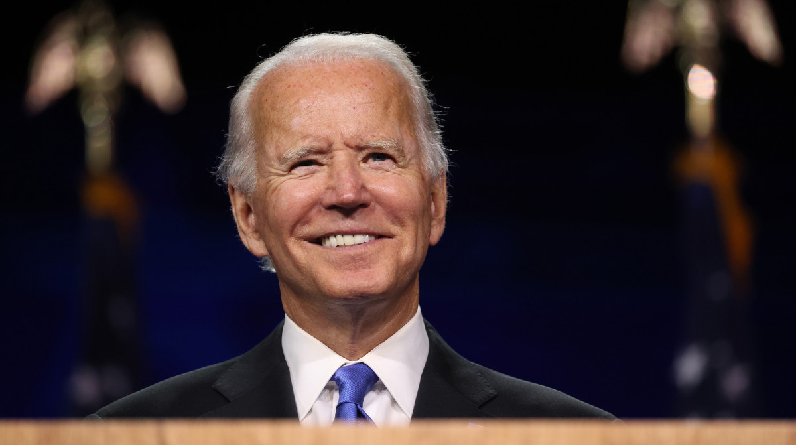The etymology of the two terms is identical. Finally, after months of speculation, South Korea’s government released its counterattack to the United States’ Indo-Pacific Strategy. The Korean government has a plan in place for the Indo-Pacific region, and they’re calling it that.
At the end of a week of intense diplomacy in Phnom Penh, Cambodia, and later on the sidelines of the G-20 meeting in Bali, Indonesia, President Yoon Suk-yeol made the announcement on November 11.
This is a big deal because South Korea was the only major regional ally that hadn’t fully embraced the “Indo-Pacific” framework that the United States has used to better understand the region since the Trump administration took office. Yoon has been in office since May 2022, and one of his campaign promises was to strengthen the alliance between the United States and the Republic of Korea. Washington’s competition against China through the Indo-Pacific policy seemed to align with Yoon’s tough talk on China.
South Korea’s Indo-Pacific strategy is strikingly similar to the United States’. Focusing on “freedom” and a “international order based on universal values” is central to the Korean policy, which mirrors the language of the American version exactly. With the help of major countries like ASEAN, Yoon advocated for “the building of a free, peaceful, and prosperous Indo-Pacific region.” The language is remarkably similar to Washington’s vision of a rules-based order in a “free and open” and “prosperous” region.
See Also: 4 top picks of our favorite watches
After hearing that only two Foreign Ministry officials were responsible for drafting the policy, perhaps it is not surprising that it bears striking similarities to the United States’ Indo-Pacific strategy.








